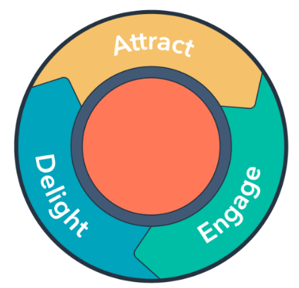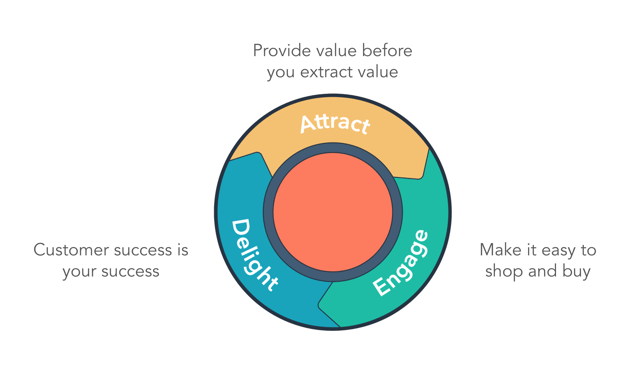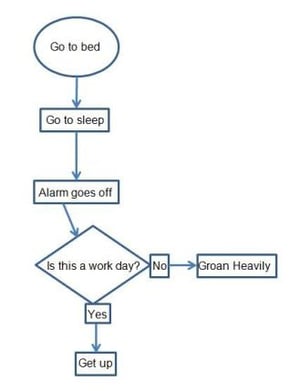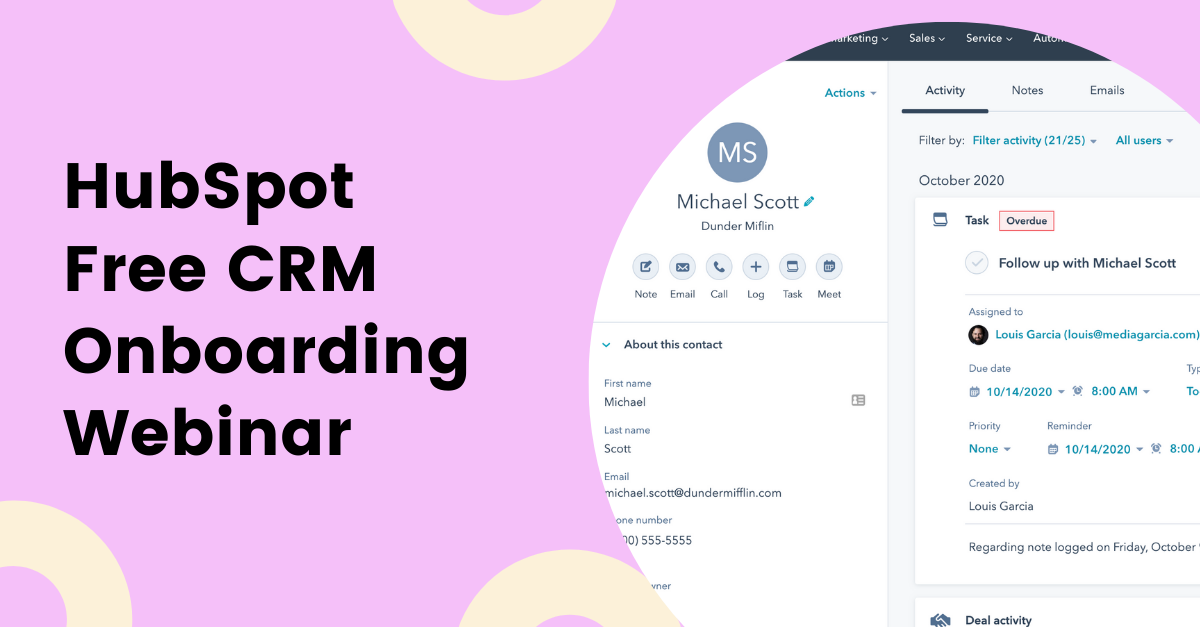We’ll assume you’re here because you’ve run out of time to effectively grow your business at scale while managing the 1,111 different responsibilities you have. As a small business owner, chances are, you’re working more in your business than on your business and in this lies the growth trap...
Did you become a business owner to grow a business system and claim a profit while being free to do what you want with your time? Not to this point yet? We have the key to your freedom and power to transform you from entrepreneur to business owner.
At Media Garcia, we have decades of corporate retail experience and apply our expertise by optimizing processes for small businesses.
We’re excited to offer you a step-by-step roadmap to identifying friction within your business to save you time and money. With our roadmap, you’ll work on your marketing and sales processes so you can begin working on your business rather than in your business.
As with most things in life, when you want to achieve something great, you have to take on a new mindset. We want you to take on a Growth Mindset. One way to do this is to discover how the Inbound movement can transform how your business grows.
Inbound is a method of attracting, engaging, and delighting people to grow a business that provides value and builds trust.
As technology shifts, inbound guides an approach to doing business in a human and helpful way. Inbound is a better way to market, a better way to sell, and a better way to serve your customers. Because when good-for-the-customer means good for-the-business, your company can grow better over the long term.

From a business perspective, the method represents the growth of your business, and happy customers provide the energy that fuels that growth, either because they buy from you again or because they bring new customers to you by promoting your product to other people in their network. However, if you produce unhappy customers, either by selling to people who aren’t a good fit for your offering or by overpromising and under-delivering, they’ll slow your company’s growth.
When your business aligns around an inbound approach, you can provide a holistic experience for anyone who interacts with your business, no matter where they are in their buying journey.
To create relationships that last and customers that stay, every customer-facing experience needs to focus on how they can contextually attract, engage, and delight while continuing to build trust in your brand.
How do you begin the transition to Inbound? Begin by building your flywheel.
Your prospects and customers’ experience with your business are intertwined. Your customers don't ever think of themselves as a "prospect, lead, customer," they think of themselves as human. To humanize interactions, we use the model of the Flywheel. The Flywheel focuses on delivering on forces that move your prospects, leads, and customers forward in their experience and removing the barriers that slow them down.
You’ll first want to begin by identifying the core activities you are doing to attract, engage and delight prospects and customers within your marketing, sales and service aspects of your business.

Here’s an example of Media Garcia’s Flywheel
Once you have identify your core activities...look at all the actions within the core activities to deliver on them. What are the forces in your core activities moving the flywheel. How are you delivering on your core activities within your marketing? Sales? Service?
We could say a lot more about the process of building your flywheel, but HubSpot simply does it best. Check out HubSpot's article on building your own flywheel for your business.
.png?width=1200&name=Join%20our%20Weekly%20HubSpot%20CRM%20Onboarding%20Webinar%20(1).png)
We’re kind of a bunch of nerds at Media Garcia. We get excited about process maps. I mean...who doesn’t?
What Are Process Maps & Why Use them?
Process mapping is used to visually demonstrate all the steps and decisions in a particular process. A process map or flowchart describes the flow of materials and information, displays the tasks associated with a process, shows the decisions that need to be made along the chain and shows the essential relationships between the process steps.
Creating a process map helps organize processes and makes information visible to everyone. By creating a process map or flowchart, you are producing a visual example of the process to better understand it and see areas for improvement. And more importantly, you can further identify where there is friction in your processes and what you can automate.
How do you get started with process maps?
First let’s go by process area starting with marketing, then sales, then service. Make sure that we are including the marketing, sales, and service forces that we’ve identified in the flywheel.

Here’s an example of a simple process map. Begin by first identifying the beginning and end activities
Then go step-by-step through your process until you’ve reached the end activity! Once you’ve completed your map, consider and note on your map the following things:
Within your core activities of marketing, sales and service, consider what might need some help. What are you currently doing/using to provide a great experience to prospects and customers who are having trouble sending marketing emails to you lists? Do you have a contact form for collecting requests when you could have a bot, as well?
Take some time sitting with your processes and identify where tasks are:
These are opportunities to optimize and automate what you are doing. Are there opportunities to eliminate steps or consolidate efforts? Remember keep it Simple! Write out a high level list of activities that you could perform to optimize your processes. Rank them by priority and delegate the optimization efforts to people on the team (or to yourself if you are a team of 1.
Once you have your process map, take some time to document each step by step more clearly in a separate document. For example if part of your marketing process is to create a blog, in a separate document, detail what the is needed to perform the tasks (“inputs”), identify how often the process will run, and who will run the process. Once this is recreated, share this with your team (or study it really well if you are a team of 1).
Identify how you can set up systems to make your process easier to run. Consistency is key to keeping predictable results with marketing and sales processes. There are numerous tools that you may not be aware of that could provide automation, explore what is out there.
Use a tool like Process.St to document your processes out. You can collect data from people running the process and provide them with the needed information to complete the process.
.png?width=1200&name=Join%20our%20Weekly%20HubSpot%20CRM%20Onboarding%20Webinar%20(2).png)
Measuring your process will give you a sense of how well things are going. If you don’t measure it, you won’t know when the process is being executed, how long it took, and if there challenges along the way. Create measurements around your key processes so that you can make adjustments as needed to continue to optimize and automate your business.
| Measurement | Week 1 | Week 2 |
| KPI 1 | ||
| KPI 2 |
Use a chart in Xcel or Google Sheets to track your measurements. Keep it simple as possible and only focus on two to three metrics at a time.
Marketing, sales, and business evolve and so should your processes. Chances are, by the time you create a process, it might already be time to update it. As you create processes and have people execute them, they will begin to notice when information is missing or how the process documentation could be improved. Ask the people who are completing the process whether the process was clear and complete. Always look to enhance document and use rich formats when possible like images and video.
The measurements you are taking with your data should guide you to where the opportunities lie to continuously improve your marketing and sales processes.
Join our weekly webinar or schedule a time to talk to a small business marketing expert.

Register for our weekly webinar to get started tracking your data and processes with HubSpot's Free CRM. Held every Friday 11am CT.

Our marketing experts are here to answer your questions and help your business grow. We stand for all businesses to thrive.
Contact Us
Media Garcia
PO Box 4942
Saint Paul, MN 55101